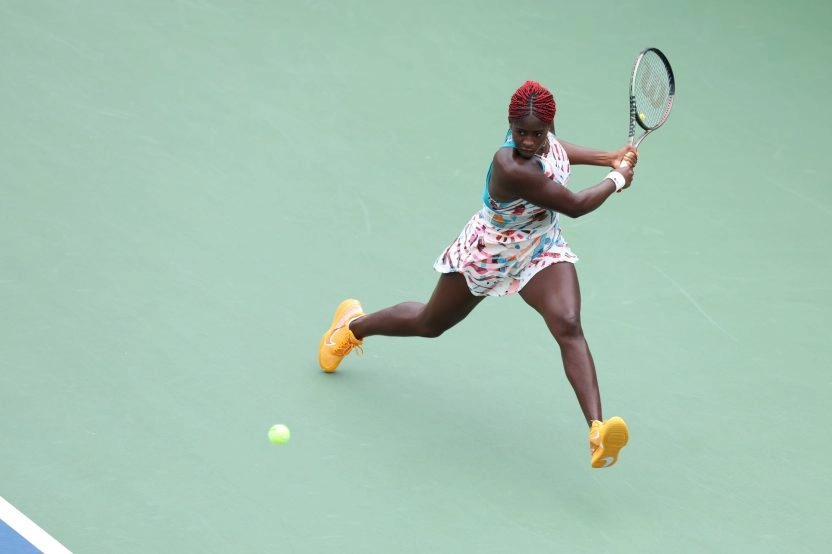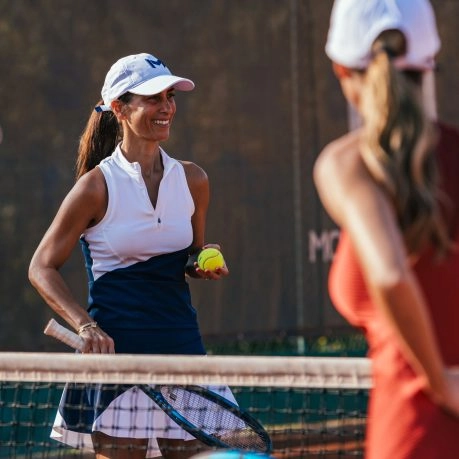1. Choosing the right plug
The correct racket grip is crucial for a precise, stable backhand. For a lifted backhand, opt for a semi-open or continental grip. This position allows you to control the angle of the racket at impact, providing both the precision and power needed.

















